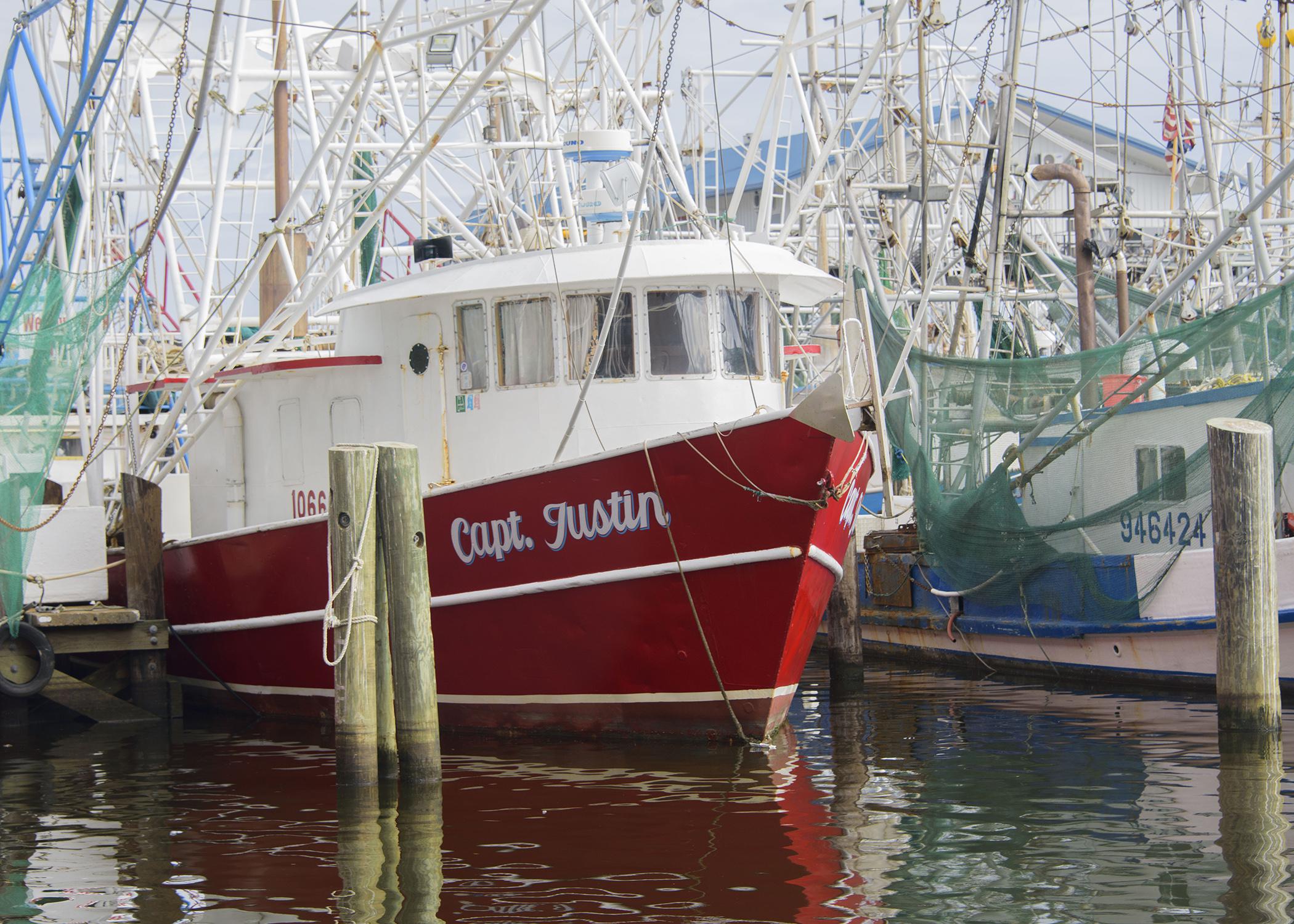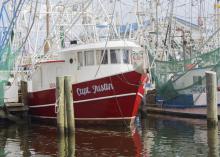Information Possibly Outdated
The information presented on this page was originally released on September 18, 2019. It may not be outdated, but please search our site for more current information. If you plan to quote or reference this information in a publication, please check with the Extension specialist or author before proceeding.
Bonnet Carré openings stir trouble for Gulf Coast
LAPLACE, La. -- Heavy rainfall and snowmelt from the Midwest in 2019 led to three major firsts in the Bonnet Carré Spillway’s history, resulting in a massive influx of fresh water that caused adverse effects on marine life and seafood industries across the Mississippi Gulf Coast.
The Bonnet Carré Spillway, originally constructed in 1931, redirects floodwaters from the southernmost portion of the Mississippi River into Lake Pontchartrain to prevent flooding around New Orleans. This year marked the first time the spillway was opened in two consecutive years (it was also opened March 8-30, 2018). The spillway was also opened twice in the same year for the first time in 2019 (Feb. 27 to April 11 and again May 10 to July 27).
In 2019, we also observed a record for the longest amount of time the spillway remained opened in one year: 123 days. This year’s openings redirected nearly 6 trillion gallons of fresh water into Lake Pontchartrain and eventually into Mississippi Sound and the Gulf of Mexico.
Over 300 dolphin and sea turtle carcasses have washed up on Mississippi shores since the spillway opened in February. Several live animals still exhibit lesions on their bodies, indicative of a painful bacterial infection induced by the fresh water. Fresh water is harmful in itself, but it also carries loads of nutrients and additives from agricultural fertilizers that have run off into the Mississippi River from further upstream.
This influx of nutrients causes a shift in the water chemistry, creating a harsh and unfavorable environment for most marine life while simultaneously creating a favorable environment for phytoplankton and microbes. These microscopic organisms boom in population with the added nutrients, leading to increased excrement and decreased oxygen in the water. Eventually, the tiny organisms die off, leaving a buffet for bacteria to consume, which leads to an environment nearly devoid of oxygen. Some of the phytoplankton can produce neurotoxins, known as harmful algal blooms.
Effects of the spillway’s opening have also been felt by Gulf Coast residents and the tourism industry. As a preventative measure, the Mississippi Department of Environmental Quality issued beach closures in June 2019 for all 21 of Mississippi’s public beaches. These closures remain in place, much to the detriment of Mississippi coastal tourism.
We may see impacts from the spillway openings on our marine fisheries and local ecosystems for the next several years. Some animals, like sharks and other fish, are mobile and can leave the area if it becomes uninhabitable with decreases in oxygen and salinity (saltiness of the water). However, for stationary animals like oysters, major shifts in salinity can have devastating effects.
The Mississippi Department of Marine Resources (MDMR) reported up to 90% oyster mortality on Mississippi harvest reefs after the spillway opening this year. Not only does this have catastrophic effects on the livelihoods of oyster farmers, but it also has severe economic impacts on a larger scale. Some of the oyster beds can take five years to fully recover, assuming conditions improve (in other words, if the Bonnet Carré does not open again in 2020 to the same extent as in 2019). MDMR also reported brown shrimp catches were down more than 82% in the first four weeks of the season compared with the five-year average.
Currently, the decision to open and close the spillway lies with the chief engineer of the U.S. Army Corps of Engineers. Officials from Mississippi and Louisiana want to change this decision-making process. They are pushing for the Corps and Congress to approve financial assistance for the fishermen impacted by the 2019 Bonnet Carré openings. Officials hope their efforts will start a conversation that could lead to changes in federal laws and regulations associated with decisions to open and close the spillway.
Unfortunately, climatologists predict that 2019 may not be a short-term phenomenon. Increased rainfall generated by climate change may mean more frequent Bonnet Carré openings to mitigate the impacts of a changing environment.

Editor’s Note: Extension Outdoors is a column authored by several different experts in the Mississippi State University Extension Service.








